Hygrophila corymbosa
Scientific name: Hygrophila corymbosa
Family: Acanthaceae
Usual maximum size in aquariums: 15 - 40 cm (5.91 - 15.75 inch)
014
Recommended pH range for the species: 6.3 - 7.5
Recommended water hardness (dGH): 4 - 18°N (71.43 - 321.43ppm)
0°C 32°F30°C 86°F
Recommended temperature: 20 - 28 °C (68 - 82.4°F)
Reproduction of the plant: Cuttings
Origin (in the wild): East Asia
How fast these plants grow: Fast
Recommended substrate: Fine gravel
Demands on lighting: Bright
Ideal placement in a fish tank: Middle
Common Name
Temple plant
Propagation
Cuttings; simply take a cutting from the mother plant and remove the bottom leaves. This can then be placed into the substrate taking care not to crush the stem. In a short time the cutting will produce roots and a new plant is formed. Ensure that the cuttings receive plenty of nutrients in the water to promote quicker root growth.
Difficulty
Easy
Short Description
This plant is normally found in an emersed state in its native countries but it does adapt to being submerged in the aquarium very well. Above water the plant produces purple flowers but this will never happen in the aquarium. There should be plenty of nutrients in the substrate and this plant will definitely benefit from the use of a CO2 system.
These are best suited as a background plant in the aquarium due to their height, in medium aquariums they can even be used as a specimen plant and will give a great display.
This plant is also undemanding and is suitable for most aquariums, there are a couple of exceptions. Due to the size of the plant it should be housed in medium to larger aquariums rather than small set ups and it does not like low lighting. Lighting requirements are not too demanding as long as the set up can provide medium to high lighting then there should be no problems.
Due to its acceptance of a wide range of parameters it is suitable for novices to planted tanks, there are some pointers to keep an eye out for though. Yellowing of the leaves could mean an iron deficiency so extra supplement will need to be dosed to correct this situation. Low mineral levels in the water can slow down the growth and produce stunted plants, yet again upping the dose will quickly solve this problem.
These plants are readily available from many sources and very easy to propagate from your own mother plants, in time you may even finish up with surplus plants to sell on or give to friends in the hobby.
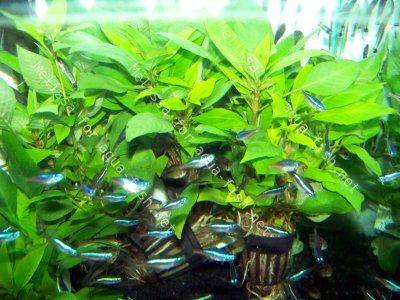
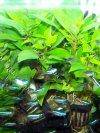
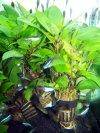
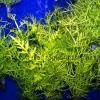 Hygrophila difformis
Hygrophila difformis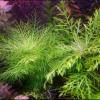 Hygrophila difformis variegated
Hygrophila difformis variegated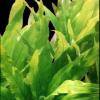 Hygrophila guianensis
Hygrophila guianensis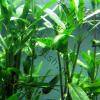 Hygrophila polysperma
Hygrophila polysperma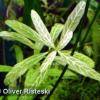 Hygrophila polysperma ‘Rosanervig’
Hygrophila polysperma ‘Rosanervig’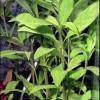 Hygrophila salicifolia (stricta)
Hygrophila salicifolia (stricta)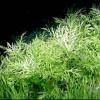 Synnema triflorum
Synnema triflorum